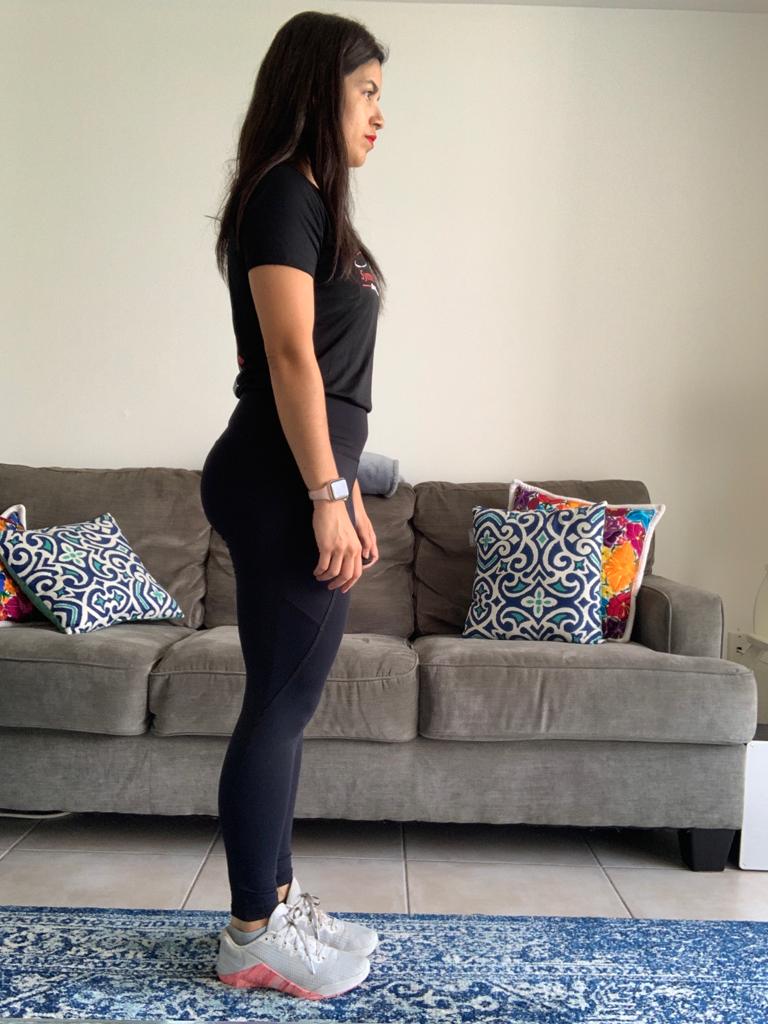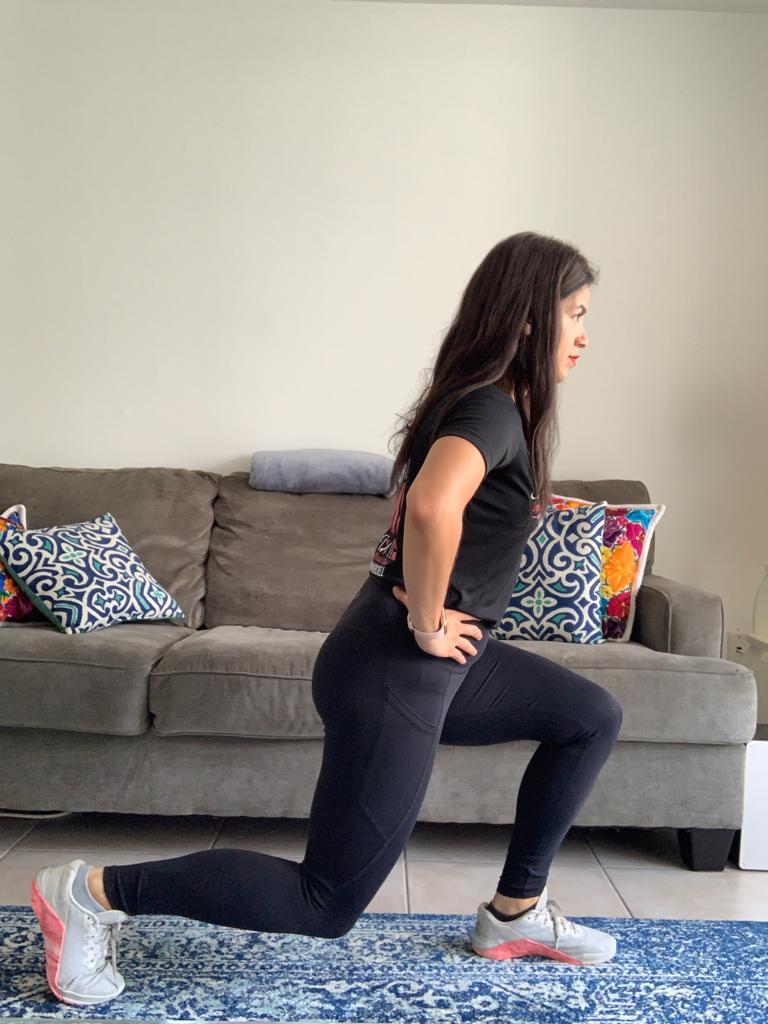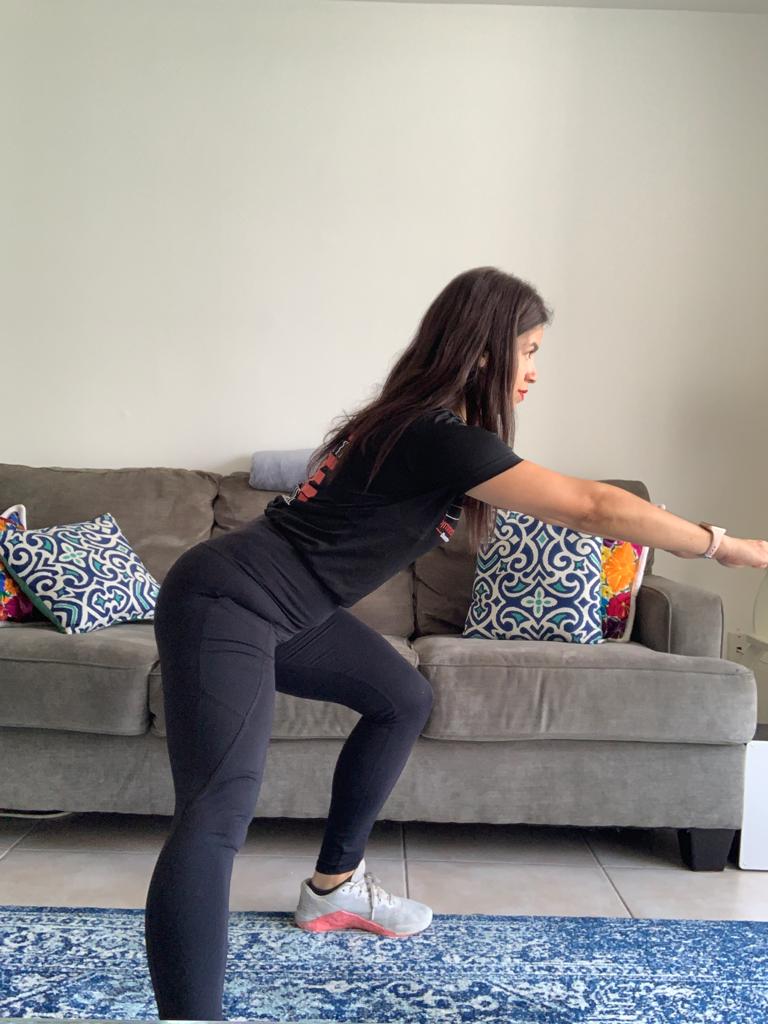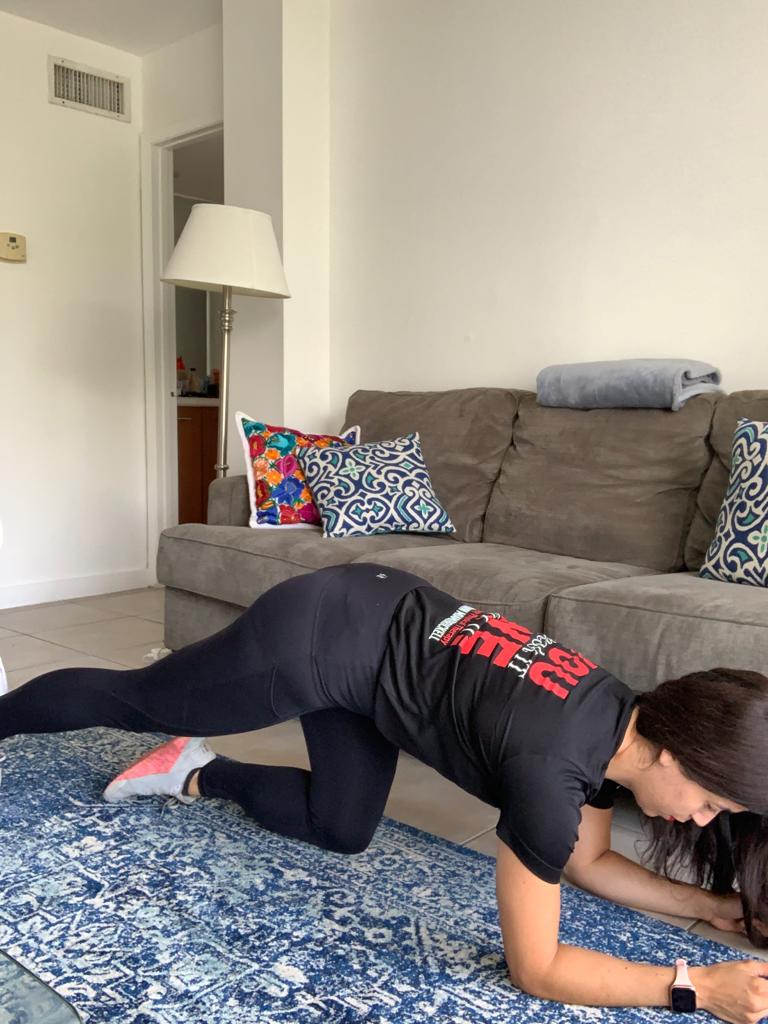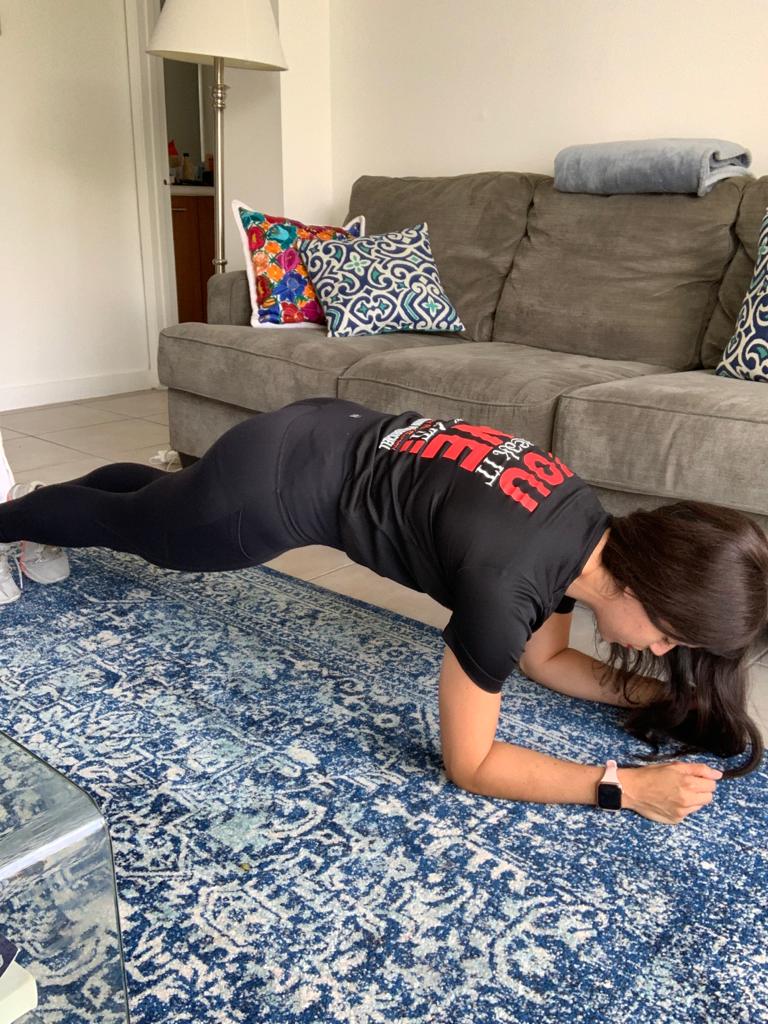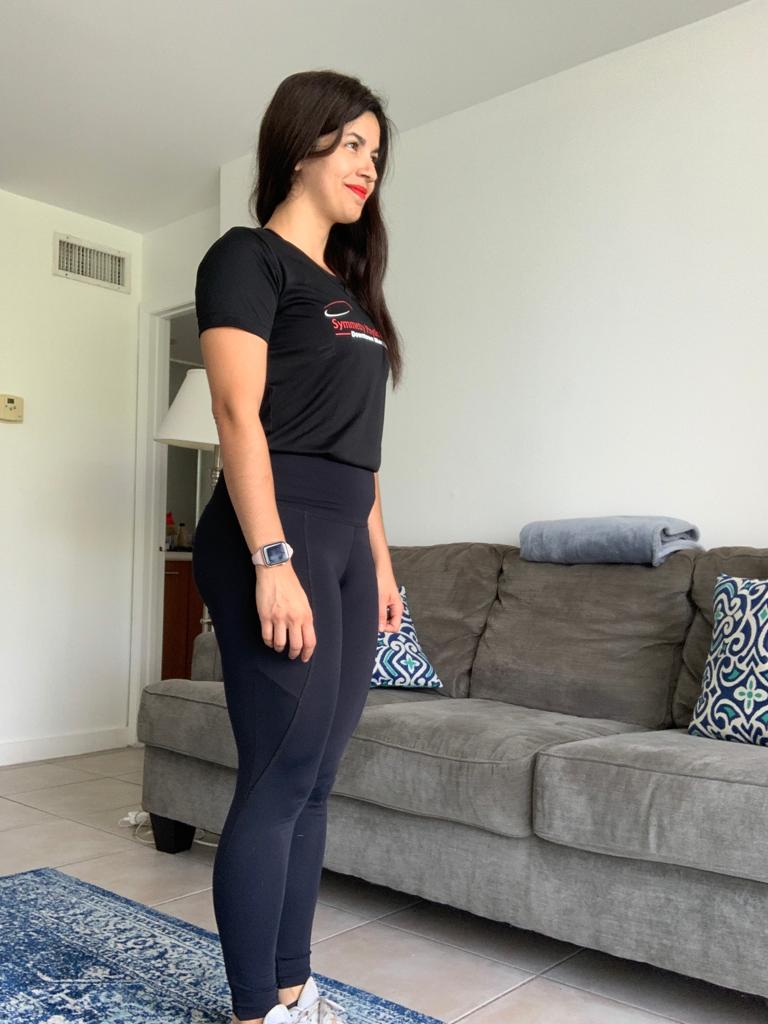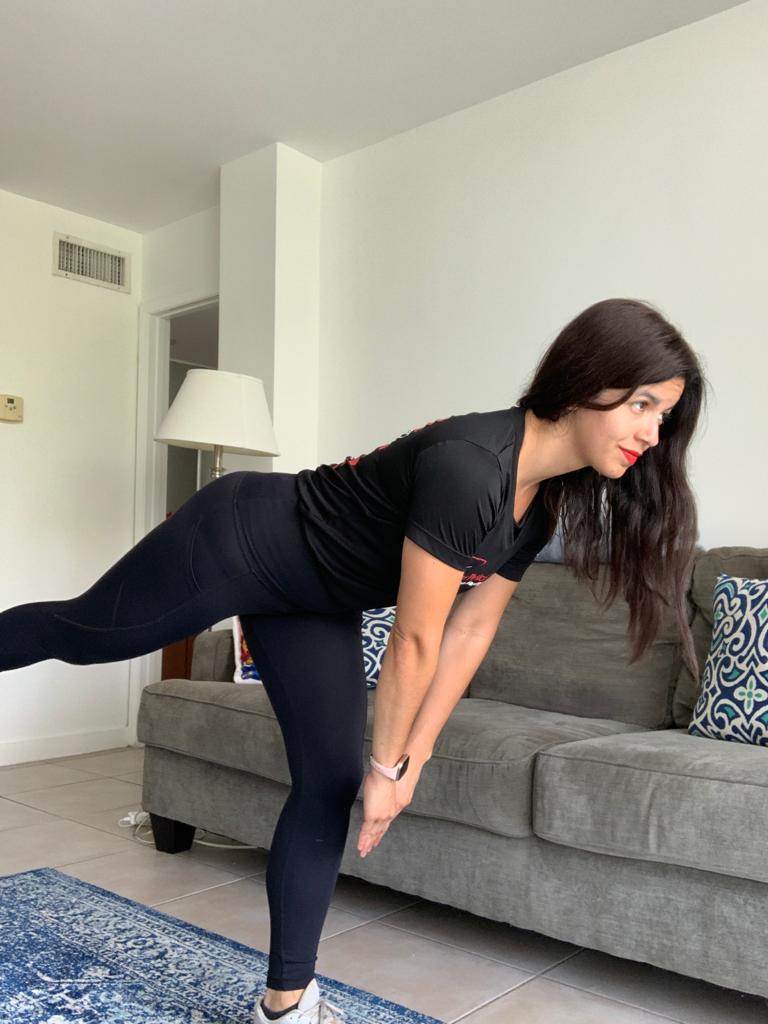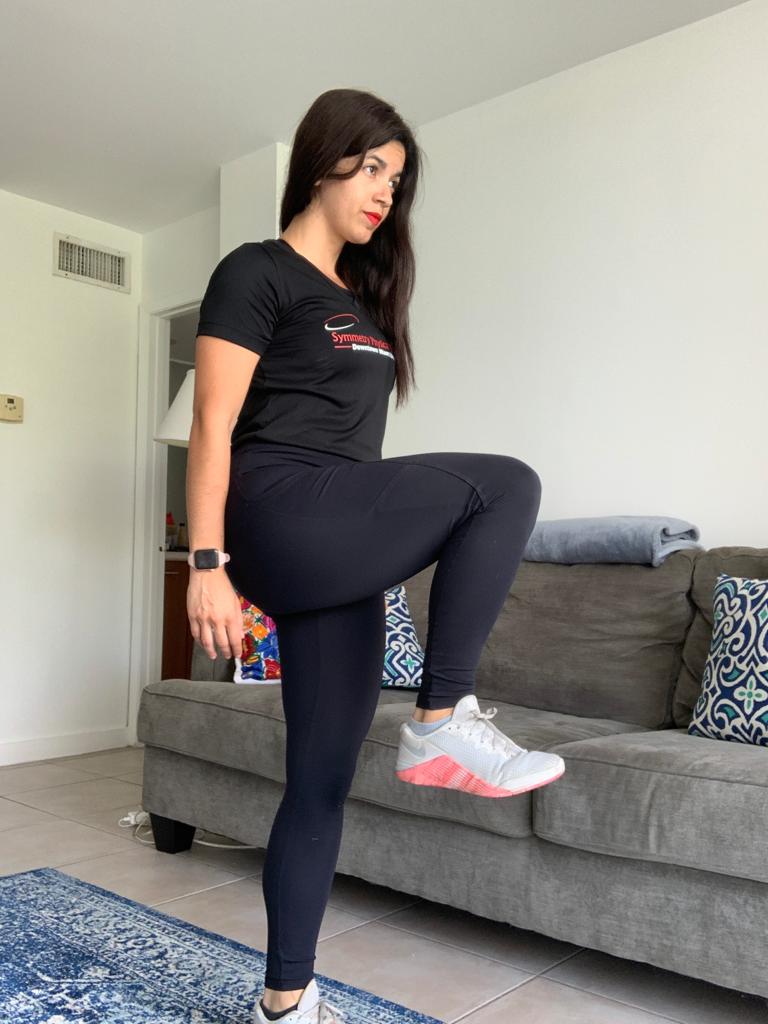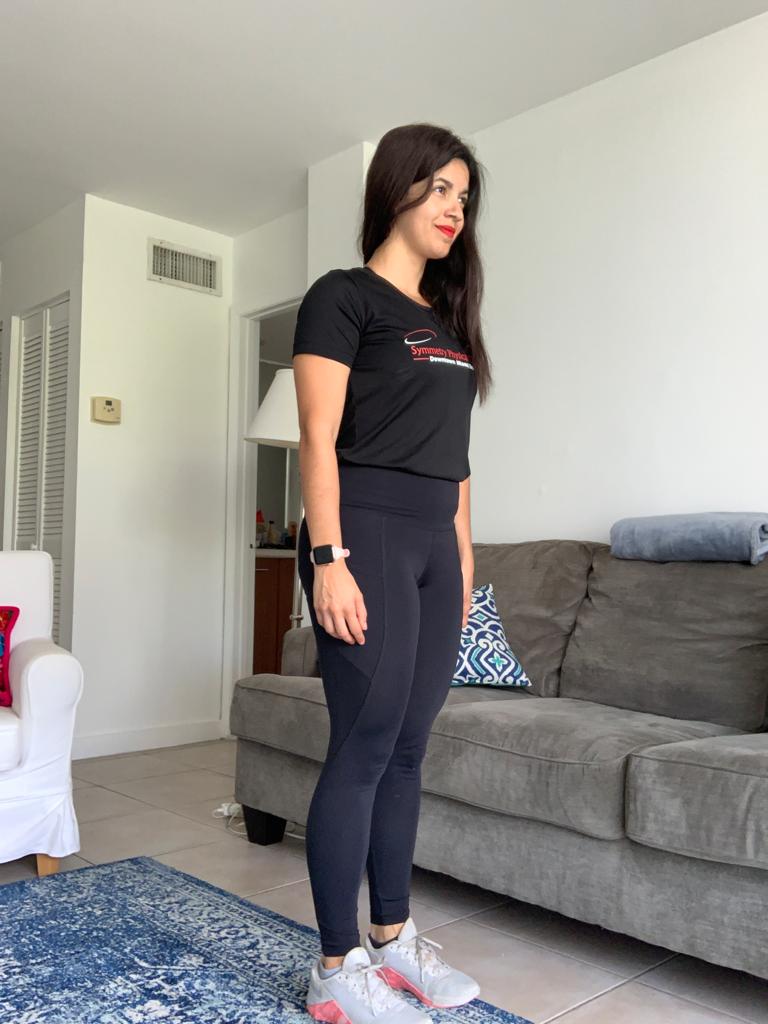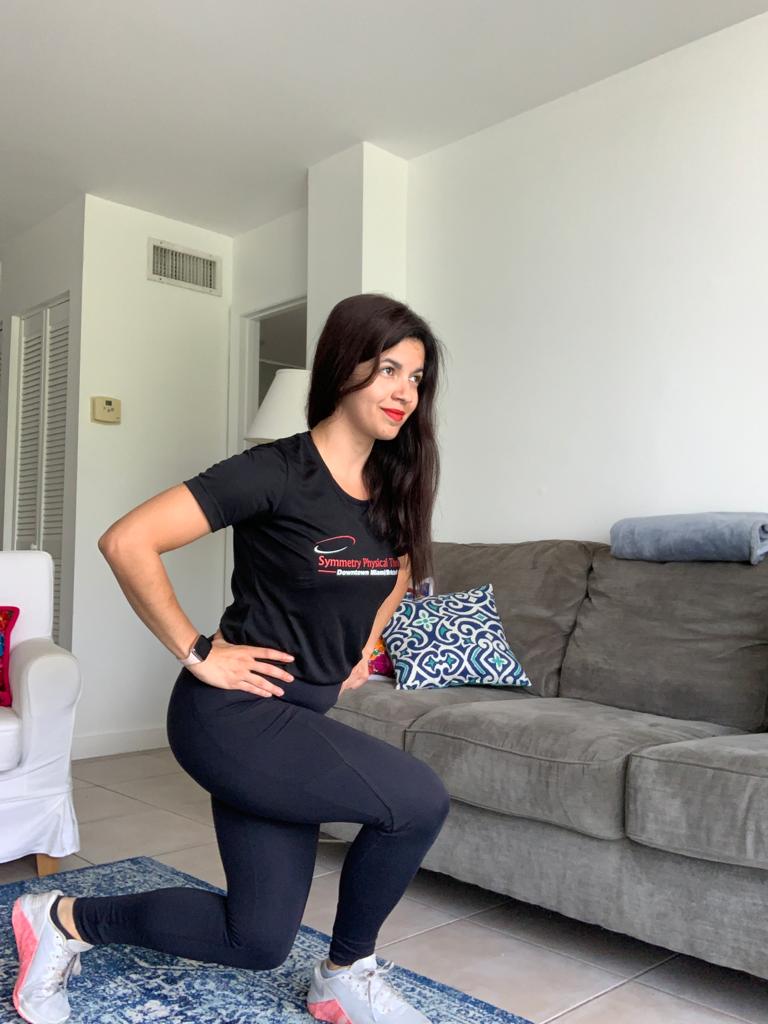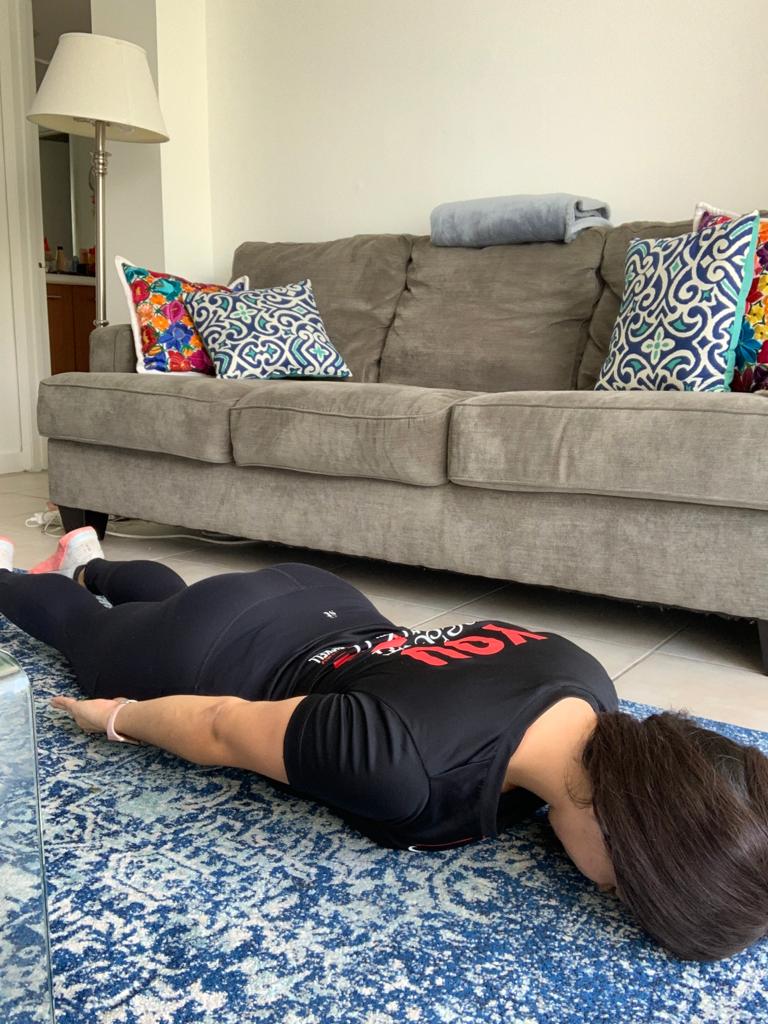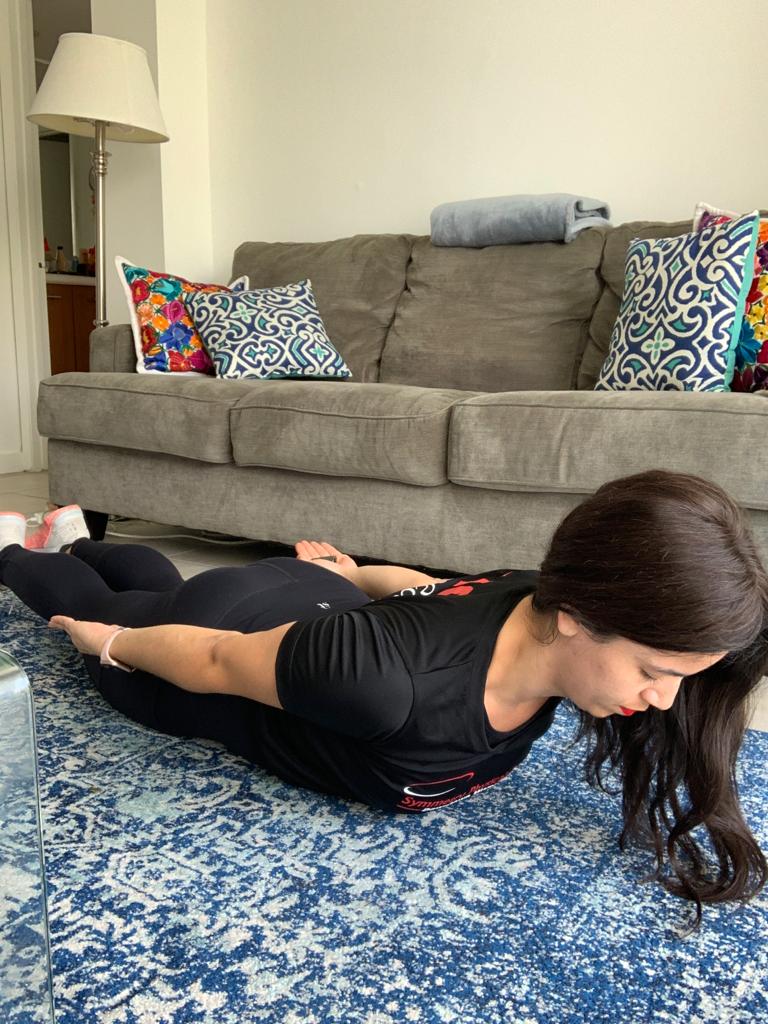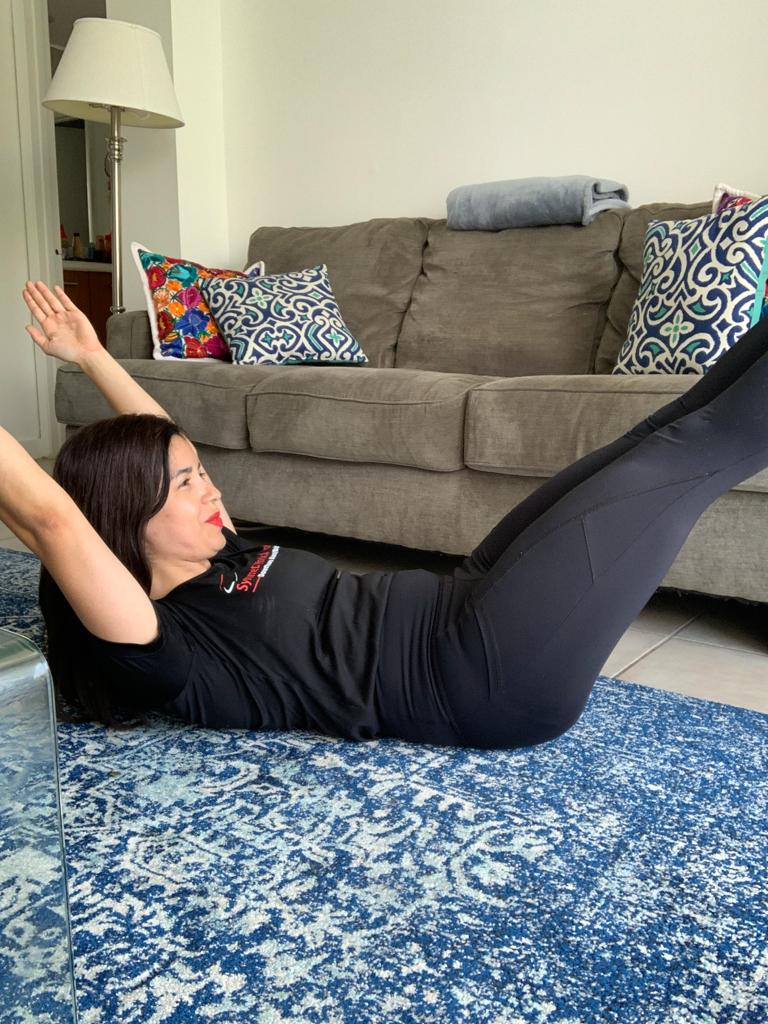Strength Training for Runners
With gyms closed and sheltering-in-place as the new normal, more people are running as their primary source of cardiovascular activity. Running is excellent for your heart, improves your endurance, and can even trigger the famed runner’s high. This real phenomenon is an influx of endorphins and endocannabinoids released by the body during a run. These endogenous feel-good chemicals once helped our ancestors outrun predators and chase down prey. In present time, they are probably the reason why over a billion pairs of running shoes are sold worldwide each year. That’s a lot of runners! To keep you running for years to come, it’s important to know why runners should include strength training in their weekly routines.
Strength Training for Runners
Strength training accomplishes three major goals for runners. It helps to reduce risk of injury by increasing the strength of muscle and connective tissue. This makes you more resilient. The second goal it addresses is improving neuromuscular coordination. That means improving the pathways between the brain and the body for higher running economy, a smoother stride, and efficient energy utilization.
Lastly, strength training for runners helps to develop muscular power. We use muscular power when we produce force rapidly. Increased muscle power can help you improve your pace. The Journal of Sports Medicine published a systematic review in 2014 that states a “general maximal-strength oriented program may initially be the most appropriate and efficient method for improving maximal force, power and reactive-strength capabilities.” (Beattie, Kenny, Lyons, & Carson, 2014)
Home Exercises
We’ve compiled a list of our favorite bodyweight strength exercises to help you achieve these goals while under quarantine. All of the exercises selected are bodyweight only. However, if you happen to have weights at home, you can add them to these exercises for an extra challenge. Household items can also help you apply external load. For example, hold 2 gallons of water while doing lunges or use a case of wine to complete the single leg hinge. Get creative with it!
How to Use this Workout
Perform 2-3 of these exercises at a time as a small circuit. Then rest 2 minutes between each set. Perform 3 sets of each circuit, aiming for a range of repetitions between 8-12 for most of the exercises. (There are a few exceptions.) The repetition number you choose will depend on your current strength and whether you choose to add external load.
Strength Training Exercises
1. Single Leg Bridge
The bridge is one of the best bodyweight exercises for targeting hip extension strength—hamstrings and glutes. The single leg variation increases the challenge by increasing load and adding an anti-rotation component to core stabilization.
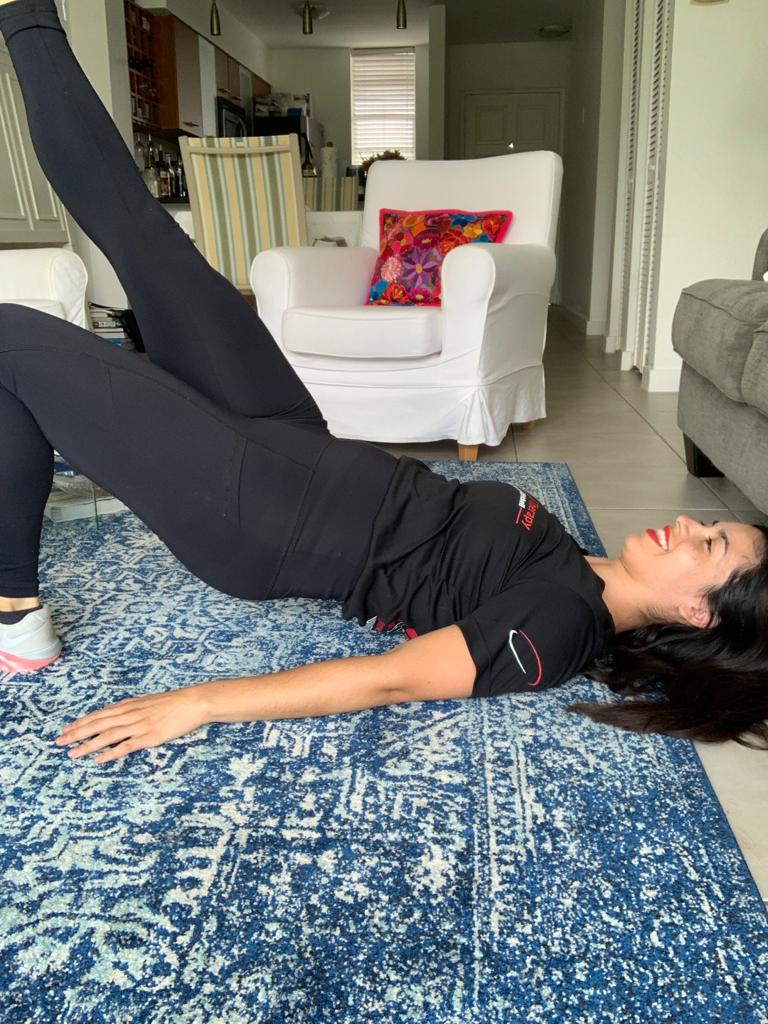
Begin lying on your back with your knees bent and your feet on the ground. Extend one knee so the leg remains straight at a 45° angle. Next, push your opposite foot into the floor, squeeze your glutes, and raise your hips up. Take care not to hyperextend your back or let your hips rotate. Lower your hips back down to the ground. That’s one rep. Perform 8-12 on one side, then switch.
2. Lunge Duo: Forward and Lateral
Lunges are a great way to challenge single leg strength and stability. They also have great carryover to running. Adding in the lateral variation helps to improve dynamic mobility in the frontal plane, something runners tend to lack because our sport keeps us moving in the sagittal plane.
Begin with your feet hip width apart. Step forward with your right foot into a forward lunge. Your shin and torso should both be at a 45° angle. This helps to load the hip extensors and reduce stress on the patella, your kneecap. Return to the start position, then step your right foot to the side and sit back into a lateral lunge. Press through the right leg to return to standing. That’s one rep. Repeat this sequence until you’ve completed 8-12 reps on the right side, then switch.
3. Plank
The plank is excellent for improving core strength and stabilization. While there are so many fun variations, it’s important to get the basics right.
Begin on your hands and knees. Bend your elbows and place them directly under your shoulders. Extend your right leg behind you, tuck your tailbone under and pull your ribs in. This sets the torso before we enter the plank. Then, extend your left leg behind you, bringing your feet together. Squeeze your inner thighs and glutes as you press the ground away through your elbows. That’s a plank!
This should feel like a LOT of work. So, start with perfect technique for 15 seconds and build your way up to one minute over the course of a month. Prioritize quality execution over time performed.
4. Single Leg Hinge to Knee Balance
This move challenges dynamic single leg stability while integrating active hip extension. Hip extension is important for push-off, the part of the gait cycle where we press the ground away in preparation for our next step.
Start with your feet with apart. Shift your weight to your right leg and raise your left knee toward your chest. As you hinge from the hip, extend your left knee behind you hovering above the ground. Imagine pulling the ground under your right foot as you stand, pulling your left knee back to the chest. If done well, the hamstrings act as a posterior tilter of the pelvis as the glutes drive hip extension.
5. Curtsey Lunge
This lunge variation biases the gluteus medius—a very important muscle for runners to know about. The gluteus medius is responsible for maintaining lateral hip stability in single leg stance.
Begin standing with your feet hip width apart. Shift your weight to your right leg as you step backward diagonally with your left foot. You’ll look like you are doing a curtsey, hence the name. This position loads the lateral hip stabilizers more intensely than a standard reverse lunge. Push through the right foot as you return to standing. That’s one rep. Perform 8-12 reps on the right leg, then switch.
6. Prone Back Extension with Scapular Retraction
This combo move is great for strengthening the glutes, mid and low back, as well as the shoulders.
Begin lying on your stomach with your legs pressed together and your arms at your side, palms facing the floor. Initiating from the glutes, lift your legs and torso off the floor. Reach your fingertips toward your heels as you pull your shoulder blades toward midline. Hold this position and breath. Inhale through the nose and exhale through the mouth. Complete 4-5 breaths. That’s one rep. Perform 3-4 repetitions.
7. Hollow Hold
This core-targeting move is amazing for improving trunk stability. It’s harder than it looks!
Begin lying on your back with your legs lifted into table top. Straighten your legs toward the ceiling as you reach your fingertips toward the opposite wall. On an exhale, pull your lower ribs toward your pelvis as you rise into a crunch-like position. Lower your legs to about a 45° angle. Now, HOLD! Inhale through the nose and exhale through the mouth. Complete 4-5 breaths. That’s one rep. Perform 3-4 repetitions. If necessary, you can regress this move by keeping the legs in tabletop the whole time.
Once you’re done with this strength training workout, tell us how it went! DM us on Instagram @symmetryptmiami. Tag us in a video of you crushing some of these moves, and we’ll feature you in our stories!
For more tips on exercise selection and all things physical therapy, check out our other blog posts at symmetryptmiami.com.
Written By: Dr. Nicole Ramos, PT, DPT
References
Beattie, K., Kenny, I. C., Lyons, M., & Carson, B. P. (2014). The Effect of Strength Training on Performance in Endurance Athletes. Sports Medicine, 44(6), 845-865. Doi: 10.1007/s40279-014-0157-y

